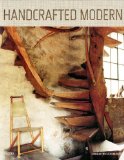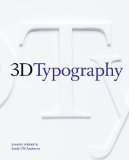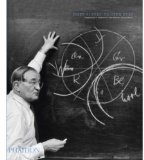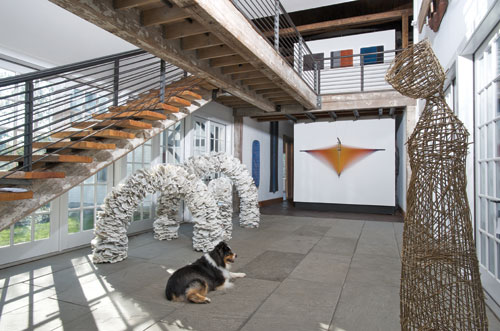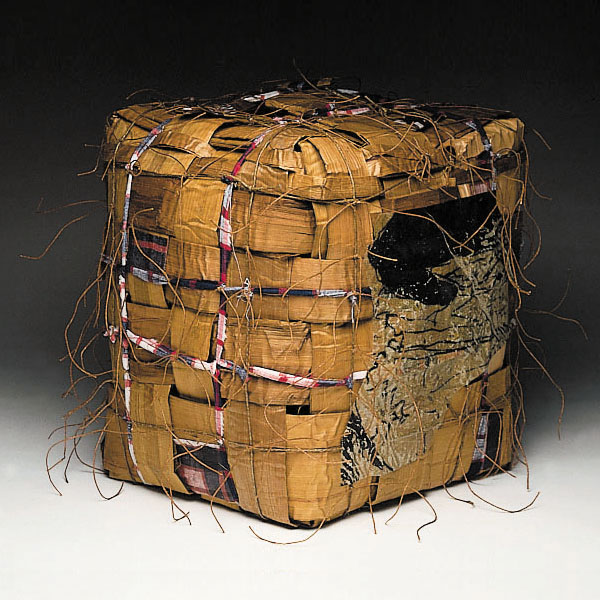
5R CEDAR EXPORT BUNDLE. Ed Rossbach, plaited cedar bark from Washington state with heat transfer drawing, waxed linen, rayon and rags, 5.5″ x 11″ x 9″, 1993, ©Tom Grotta, 2011
This year at SOFA Chicago (November 4-6) the American Craft Council (ACC) will recognize 28 artists who have been awarded an ACC Gold Medal between 1994 and 2010 in a display at the Navy Pier, curated by Michael Monroe. The ACC awards recognize those who have demonstrated outstanding artistic achievement and leadership in the field for 25 years or more. Since 1981, the ACC has selected just under four dozen artists working in Fiber to receive a Gold Medal for consummate craftsmanship and/or join its College of Fellows. We’ve mounted an online exhibition of 21 these artists on our website, browngrotta.com, under Awards. Many of these artists are featured in the catalogs published by browngrotta arts and in the videos and other publications we offer. http://www.browngrotta.com/Pages/catalogs.php Works by Fellows and Medalists Adela Akers, Dorothy Gill Barnes , Lia Cook, Helena Hernmarck, Gyöngy Laky, John McQueen and Norma Minkowitz are featured in our current exhibition, Stimulus: art and its inception. Enjoy the show.

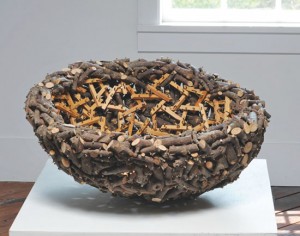


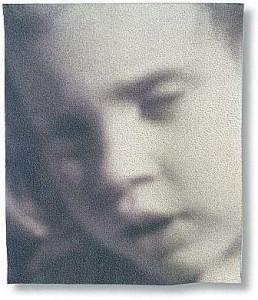



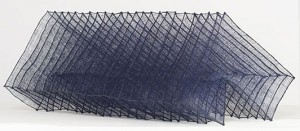

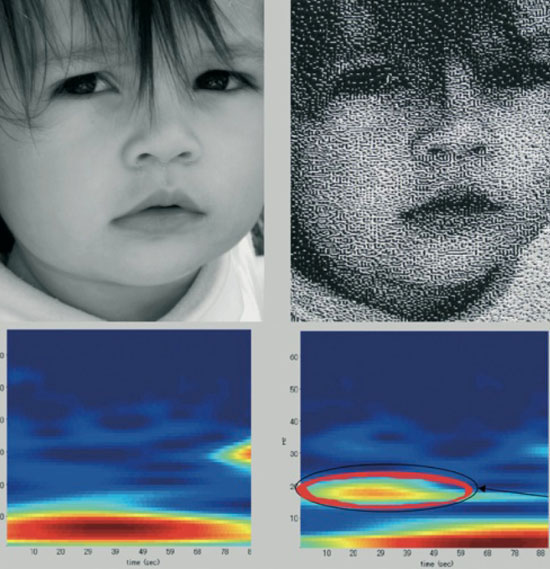
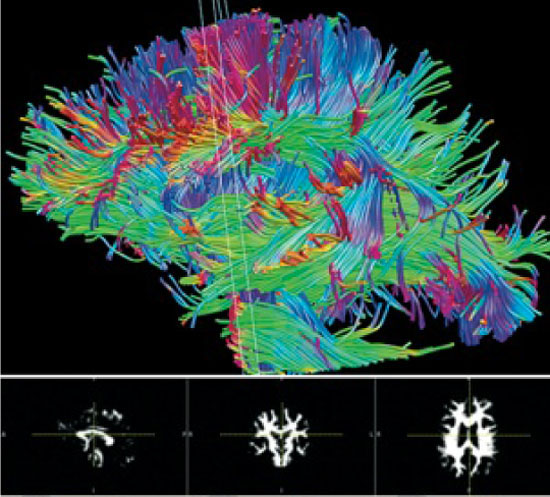
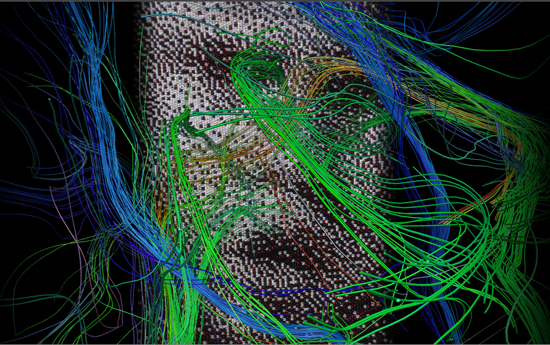



 Last, but certainly not least, the cover of the Spring 2011 issue
Last, but certainly not least, the cover of the Spring 2011 issue